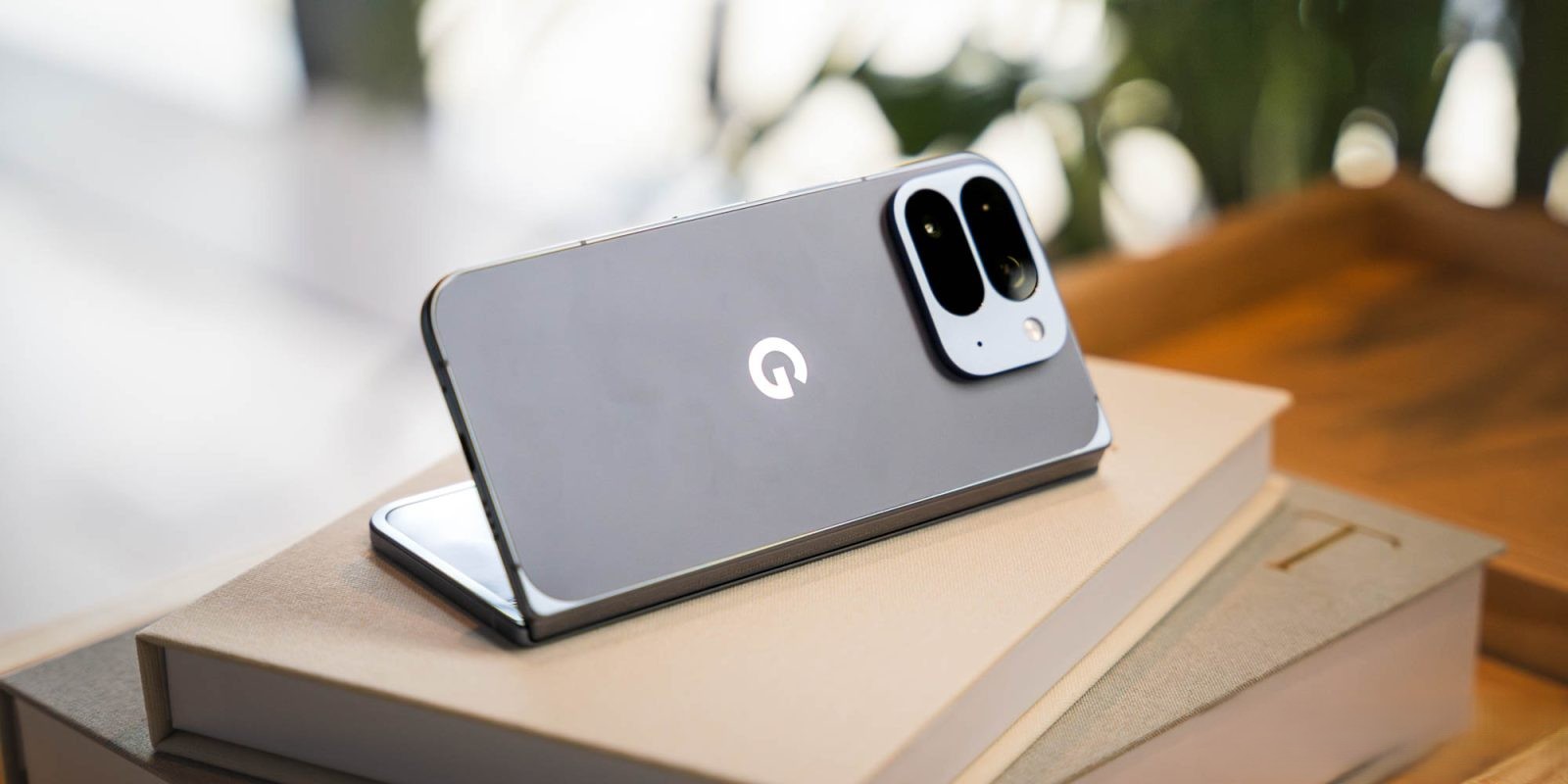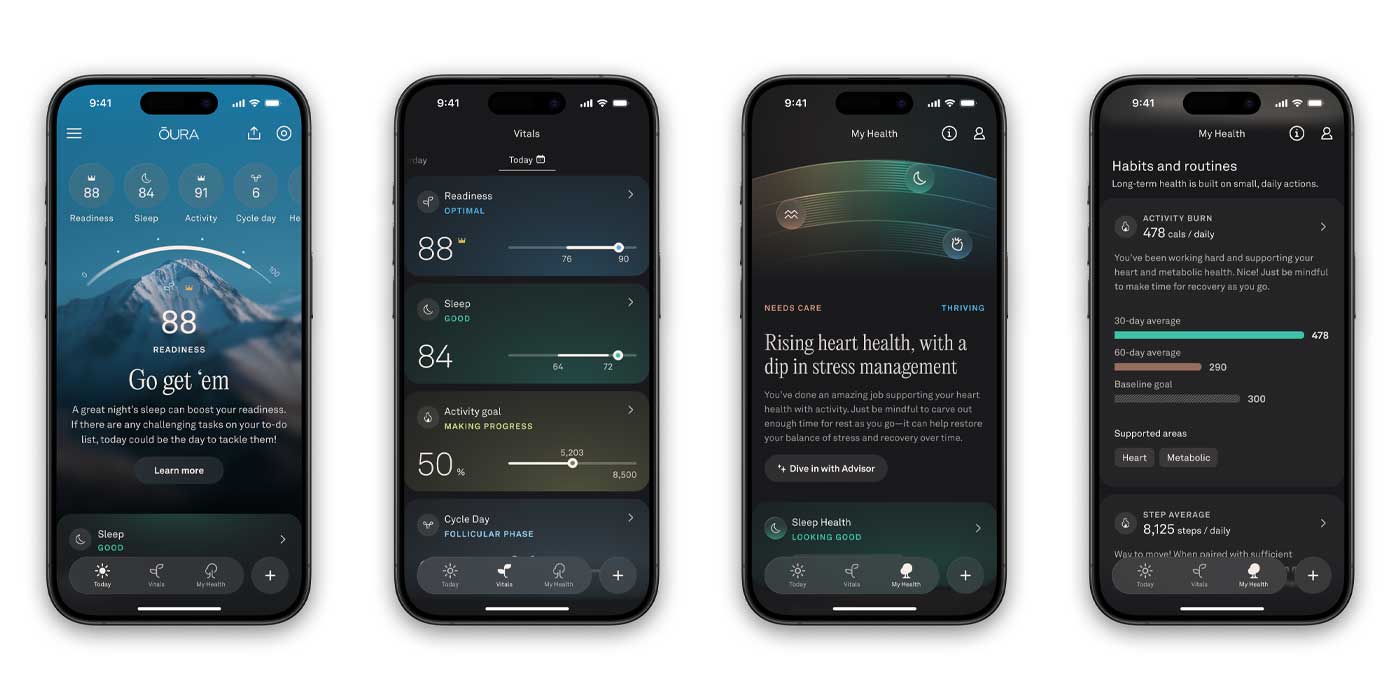Android to Permit Sideloading of Unverified Apps for Advanced Users Amid Enhanced Security Measures
In a significant move to bolster user security, Google has announced that starting in 2026, only applications from verified developers will be installable on certified Android devices. This policy encompasses all installation methods, including sideloading and third-party app stores. However, recognizing the needs of developers and tech-savvy users, Google is concurrently developing an advanced flow that will allow experienced users to install unverified applications, provided they acknowledge and accept the associated risks.
Developer Verification Initiative
Google’s forthcoming developer verification process aims to enhance the security of the Android ecosystem by ensuring that all applications originate from authenticated sources. This initiative is designed to mitigate the proliferation of malicious software and financial scams that have increasingly targeted Android users. The verification process is set to commence with early access in October 2025, expanding to all developers by March 2026. The initial rollout will focus on regions such as Brazil, Indonesia, Singapore, and Thailand, where fraudulent app activities have been notably prevalent. A global implementation is scheduled for 2027.
Advanced Flow for Experienced Users
Understanding that certain users require the flexibility to install unverified applications, Google is crafting an advanced installation process tailored for developers and power users. This process is being meticulously designed to resist coercion, ensuring that users are not manipulated into bypassing safety checks under duress from scammers. It will feature explicit warnings to ensure users fully comprehend the potential risks involved, ultimately placing the decision in their hands. Google is currently soliciting feedback on this feature and plans to release more details in the coming months.
Rationale Behind Developer Verification
Google has articulated several reasons for implementing developer verification:
– Combatting Social Engineering Attacks: Technical safeguards alone cannot address scenarios where users are deceived. Scammers often employ high-pressure tactics to trick users into bypassing security warnings. For instance, in Southeast Asia, scammers have been known to impersonate bank officials, claiming that a user’s account is compromised. They then persuade the user to sideload a verification app to secure their funds. This app, in reality, is malware designed to intercept notifications and capture two-factor authentication codes, enabling the scammer to access and drain the victim’s bank account.
– Preventing Rapid Deployment of Malicious Apps: Without a verification system, malicious actors can swiftly create and distribute harmful applications, leading to an ongoing battle to identify and remove such threats. Verification introduces accountability, making it significantly more challenging and costly for attackers to scale their operations.
– Enhancing Accountability: By requiring developers to verify their identity, Google aims to ensure that there is a real, accountable entity behind every application. This measure is expected to deter malicious activities and foster a safer app ecosystem.
Additional Measures and Future Plans
In addition to the developer verification and advanced user flow, Google is working on a dedicated account type for students and hobbyists. This account type will allow for the distribution of applications to a limited number of devices without necessitating full verification, thereby supporting innovation and learning within the developer community.
Furthermore, Google has been enhancing its Play Protect service to provide real-time scanning of applications, especially those installed via sideloading. This includes analyzing app code to detect emerging threats, such as polymorphic malware that can alter its characteristics to evade detection. Users attempting to install unrecognized applications will receive prompts to scan the app, with clear explanations provided if the app is deemed potentially harmful.
Industry and Community Feedback
The developer verification initiative has received positive feedback from various stakeholders:
– Indonesia’s Ministry of Communications and Digital Affairs: Praised the initiative for providing a balanced approach that protects users while maintaining the openness of the Android platform.
– Thailand’s Ministry of Digital Economy and Society: Described the measure as a positive and proactive step that aligns with national digital safety policies.
– Brazilian Federation of Banks (FEBRABAN): Recognized the initiative as a significant advancement in protecting users and promoting accountability within the app ecosystem.
Conclusion
Google’s forthcoming policies represent a concerted effort to enhance the security and integrity of the Android ecosystem. By implementing developer verification and providing advanced users with the option to install unverified apps through a secure process, Google aims to strike a balance between user safety and the flexibility that developers and power users require. These measures, coupled with ongoing enhancements to Play Protect and the introduction of dedicated accounts for students and hobbyists, underscore Google’s commitment to fostering a secure and innovative app environment.



